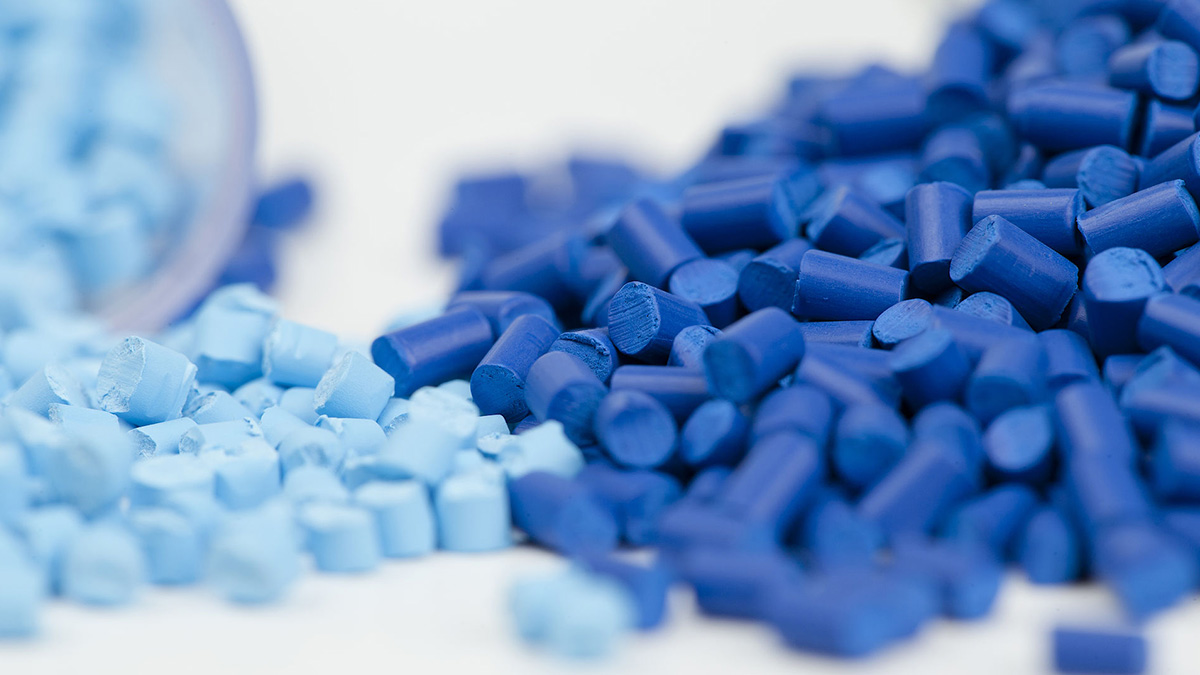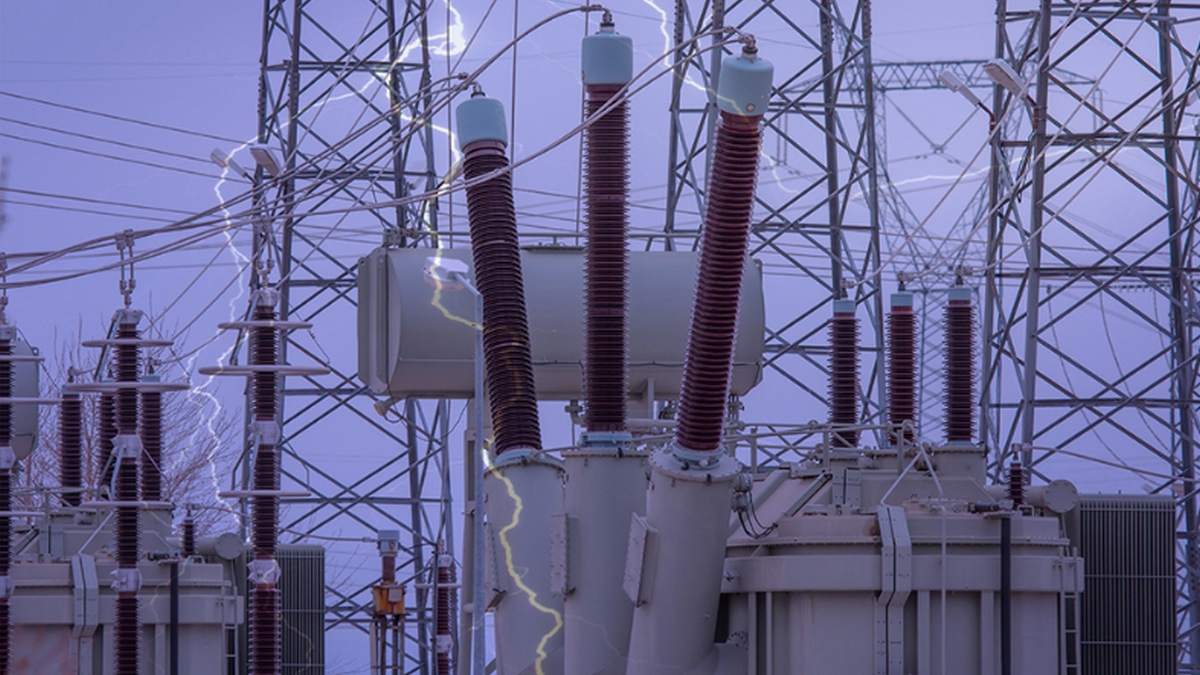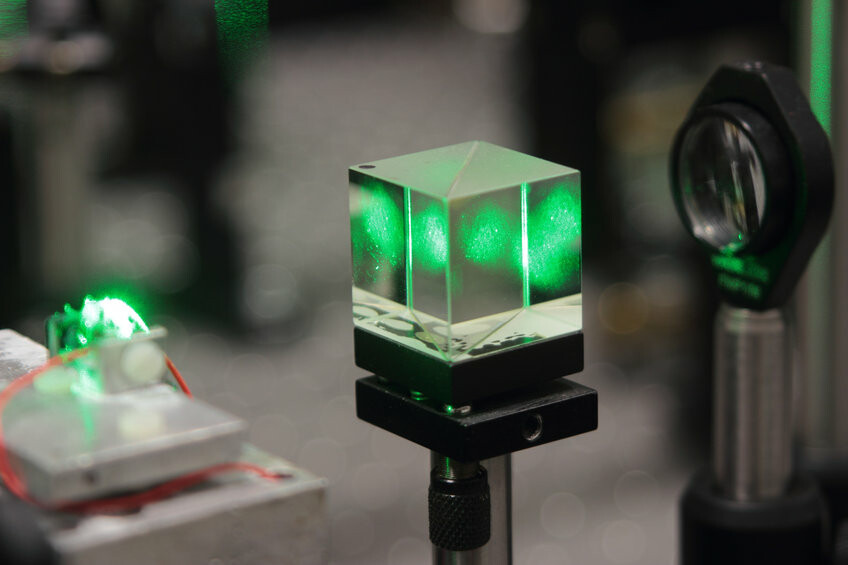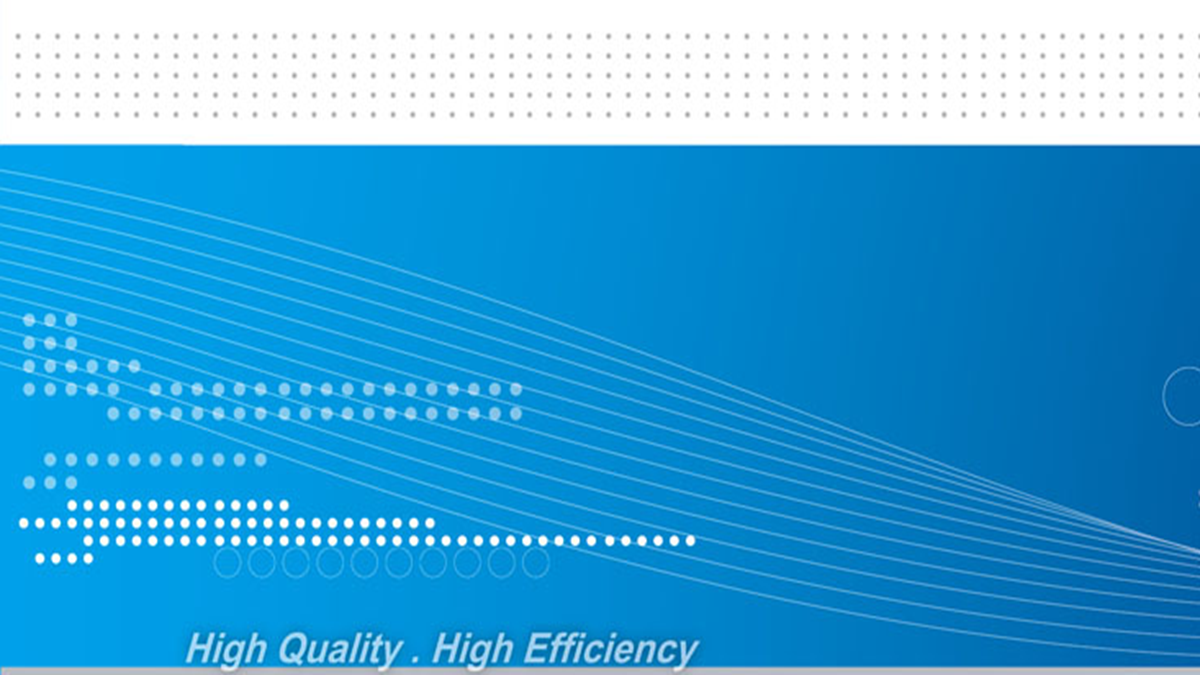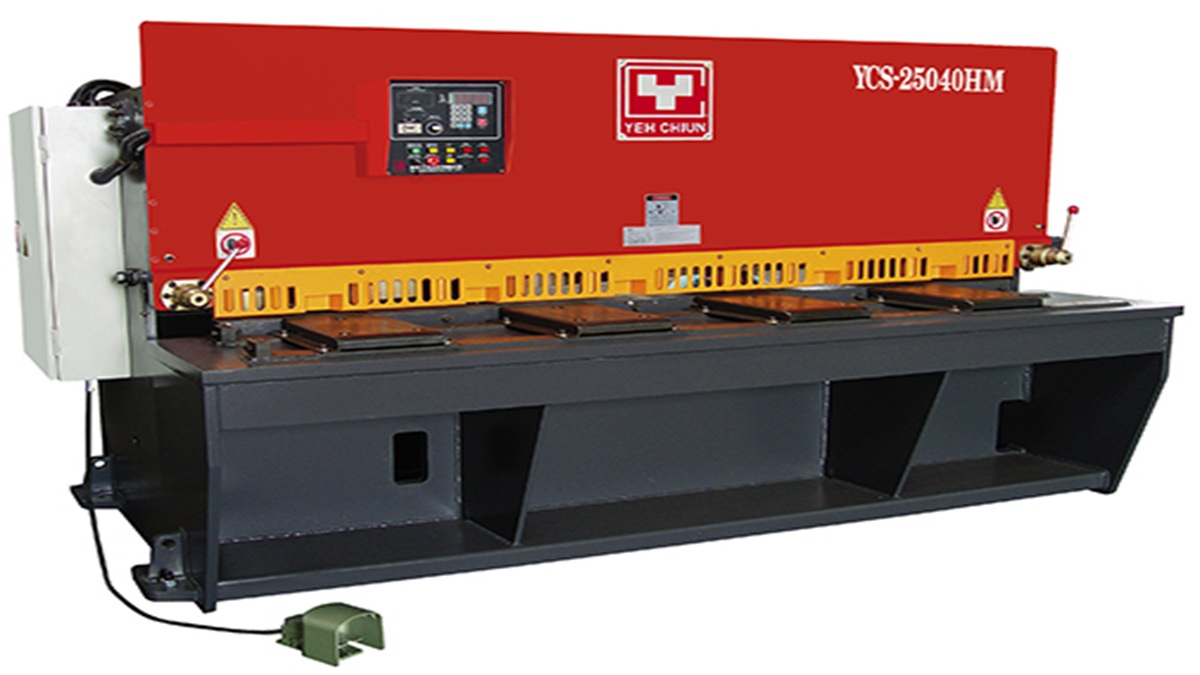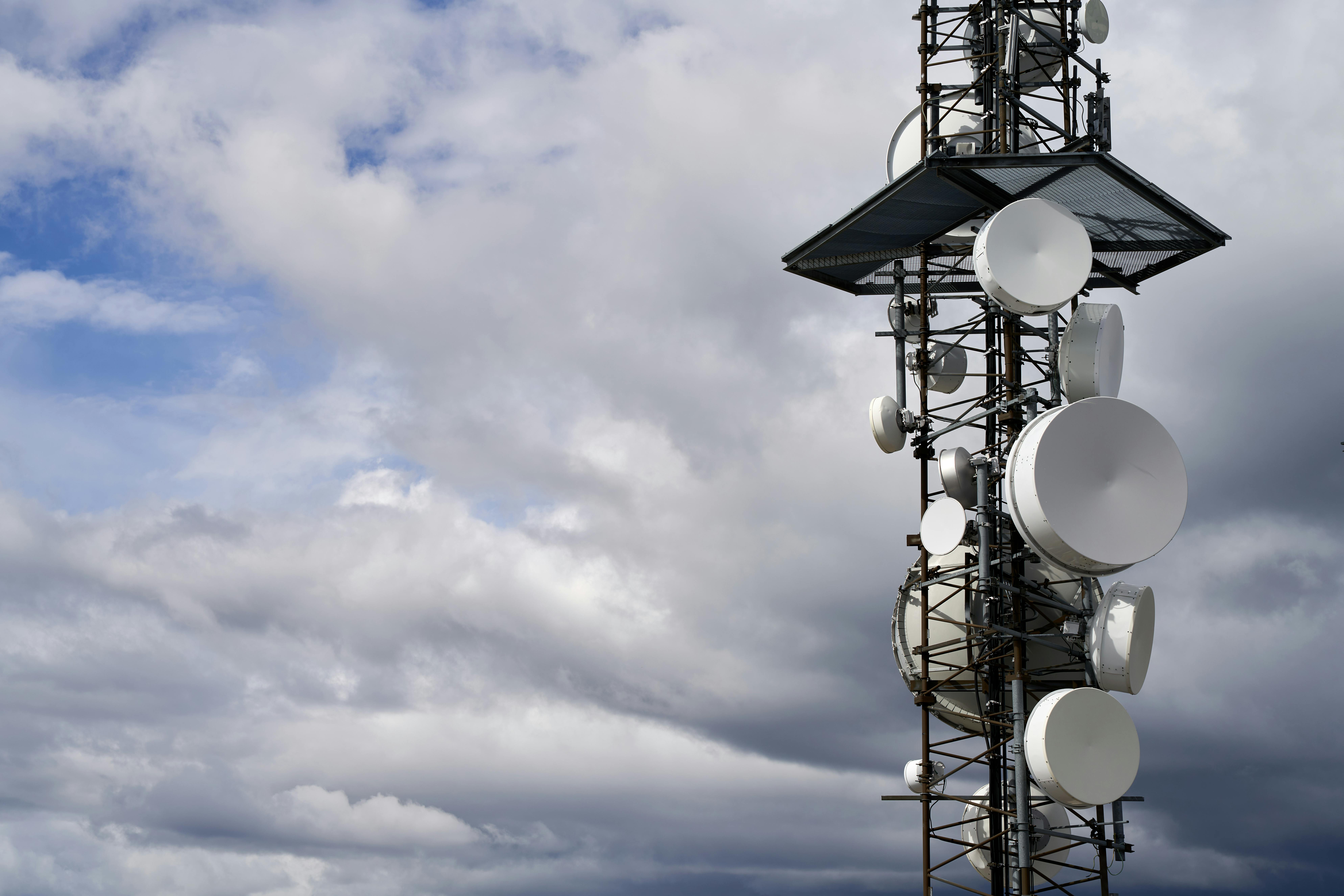This article compares three common plastic materials used in bottle manufacturing: PET (Polyethylene Terephthalate), PE (Polyethylene), and PP (Polypropylene). It outlines each material’s properties, typical uses, advantages, and disadvantages. PET is known for its clarity and strength, PE for its cost-effectiveness and flexibility, and PP for its heat resistance and food safety. The guide also provides practical selection tips based on product requirements, budget, sustainability, and regulatory compliance—helping manufacturers choose the best material for their packaging needs.
Introduction
Plastic bottles are a staple in everyday life, used to package everything from beverages to cleaning agents and cosmetics. Choosing the right plastic material is critical, as it affects product safety, preservation, usability, and environmental impact. The three most commonly used materials are Polyethylene Terephthalate (PET), Polyethylene (PE), and Polypropylene (PP). This guide explains their differences to help manufacturers and consumers make informed choices.
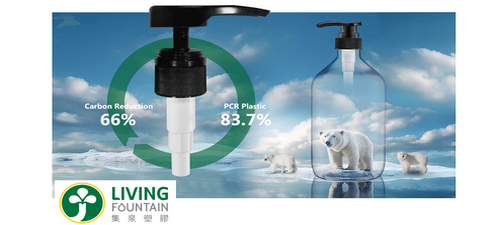
Referral Link
PET (Polyethylene Terephthalate)
Properties:
PET is a strong, lightweight thermoplastic from the polyester family, best known for its glass-like clarity and excellent barrier properties against oxygen and moisture.
Typical Applications
PET is frequently used for drink bottles, cosmetic mist containers, and household cleaning products, especially where product visibility matters.
Advantages:
• High Transparency: Ideal for showcasing contents, making it popular in drink packaging.
• Durability: Offers strength and resistance to impact.
• Recyclability: Highly recyclable, with increasing use of recycled PET (rPET).
Disadvantages:
• Higher Cost: More expensive than PP due to its performance qualities.
• Heat Sensitivity: Can release harmful substances like DEHP under high heat or extended use.
PE (Polyethylene)
Properties:
Made from ethylene monomers, PE comes in different densities like LDPE (Low-Density) and HDPE (High-Density), offering varying flexibility and strength.
Typical Applications
Common in grocery bags, milk jugs, shampoo bottles, and pharmaceutical containers, PE is valued for its adaptability and strength.
Advantages:
• Cost-Effective: More affordable than PET and PP for mass production.
• Flexible and Versatile: Easily molded into many shapes and sizes.
• Recyclable: Particularly HDPE, which is safe for food and drink storage.
Disadvantages:
• Low Heat Resistance: Melts at lower temperatures compared to PP.
• Environmental Risk: If not properly recycled, it contributes to pollution.
PP (Polypropylene)
Properties:
A rigid, fatigue-resistant thermoplastic made from propylene monomers, PP is known for its high melting point and chemical resistance.
Typical Applications
Used in microwavable food containers, baby bottles, automotive components, and diaper linings, PP is chosen for its heat resistance and safety.
Advantages:
• Heat Resistant: Suitable for microwave use and hot-fill applications.
• Chemical Durable: Resists many chemicals and solvents.
• Safe for Food: Odorless, non-toxic, and ideal for food-contact items.
Disadvantages:
• Less Commonly Recycled: Though improving, PP recycling rates lag behind PET.
• Limited Transparency: Usually opaque, making it less ideal for see-through packaging.
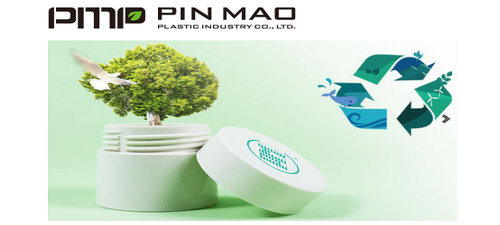
Referral Link
Material Selection Guide
Choosing the right plastic depends on the product’s needs, budget, and sustainability goals:
• Product Needs: For visibility and oxygen/moisture protection, PET is ideal. For hot liquids or thermal resistance, choose PP.
• Cost: PE is budget-friendly; PET offers premium appeal but at a higher price.
• Sustainability: PET and HDPE have strong recycling infrastructures; PET also aligns with global recycled content mandates.
• Safety: PET and PP are food-grade; PP provides better heat resistance.
• Regulations: Stay current with legal requirements - e.g., the EU mandates 25% recycled content in PET bottles by 2025.
Conclusion
Understanding the characteristics of PET, PE, and PP enables better decisions in packaging design and production. Each material has specific strengths and limitations, and the optimal choice depends on application requirements, cost, sustainability, and regulatory factors. With this knowledge, manufacturers can align packaging strategies with both consumer expectations and environmental goals.


